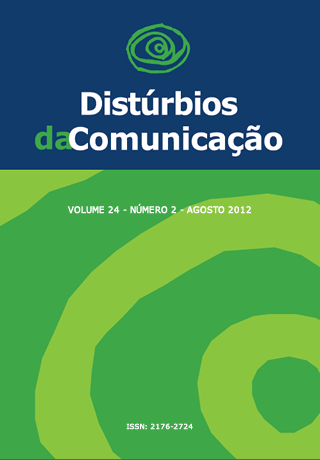Prevalence of non-occupational hearing diseases that attack workers in preadmission process
Keywords:
hearing loss, ear diseases, occupational health, prevalence, occupational medicine.Abstract
Objective: Characterize the prevalence of non-occupational hearing losses that attack workers in pre-admission process. Methods: The cases of this study were constituted of 260 prompt-books from pre-candidate individuals to work, registered in a Otolaryngology Clinic from August 2008 to August 2009. The method used to the statistic analysis was the retrospective, descriptive study of epidemiological character, from the evaluation of the hearing examinations data, clinical-occupational history and otolaryngological notions. Results: (93.9%) candidates were deemed suitable for the job. The prevalent disease was PAINPSE 157 cases (60.4%). The most prevalent complaint was tinnitus (21.7%). Of the audiometric changes found in candidates prevailed sensorineural hearing loss, and slot confi guration in normal degree related to communication skills. Conclusion: The prevalent disease was prevalent PAINPSE, 157 cases (60.4%), followed by no defi ned causes (16.6%) and chronic otitis media (14.3%). There is a need for actions to address non-occupational factors to guide measures and conduct health surveillance.Downloads
Metrics
Downloads
Published
Issue
Section
License
Copyright (c) 2012 Evaldo Barbosa da Costa, Gerliandro Rissi Lopes, Rogério Roberte, Teresa M Momensohn dos Santos

This work is licensed under a Creative Commons Attribution 4.0 International License.









